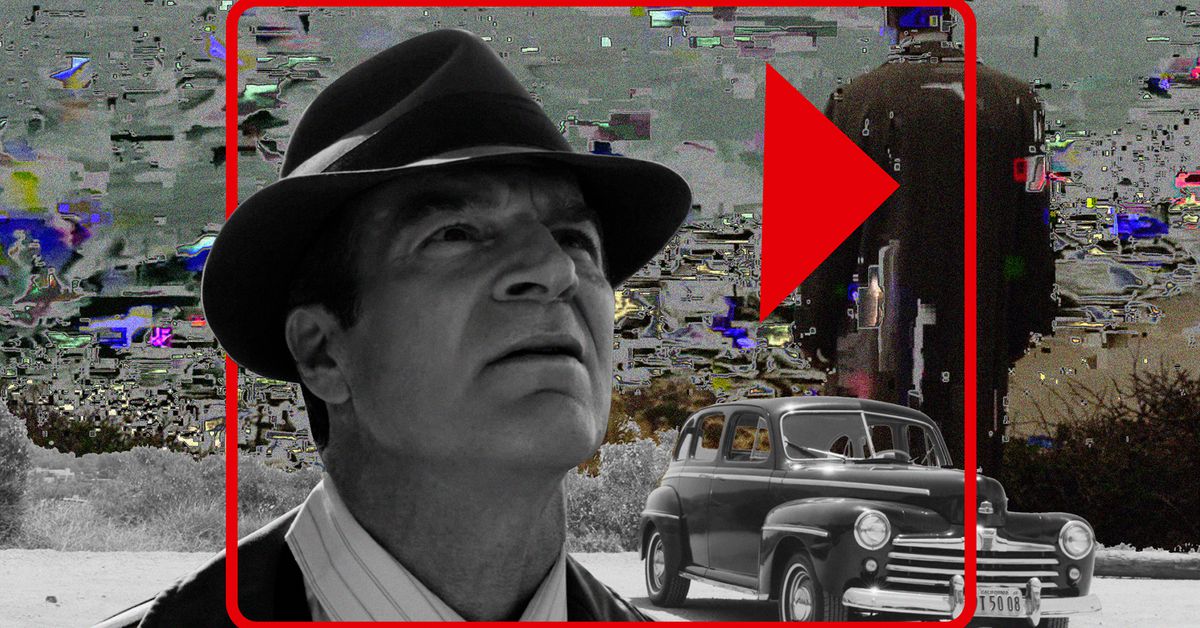- cross-posted to:
- technology@lemmy.world
- technology@lemmit.online
- cross-posted to:
- technology@lemmy.world
- technology@lemmit.online
While giving 4k paid customer with 720p resolution because we don’t have “your” recommended devices. Good strategy.
Wouldn’t be surprised if that’s the studios’ requirement - every big streamer I know of requires certain platforms for HD and higher streams because of the copy protection required.
Reducing the amount of data you need to send is an obvious factor for a service that sends a lot of data. Not much of a bet at all.
That the obvious part. At this point Netflix is looking at drastic transmission costs in the coming decade. Video is obviously taxing and require huge amounts of data but Atmos is no slouch either.The gamble, is in how customers receive the news and how it impacts playback.
Audio sync issues, subtitle playback, artifacting on anything over 1080p will all cause customers dissatisfaction. Using a new way to save data is a great idea, almost literally a no brainer, but does a technical solution always work out of the gate?
my first thought was thinking they should always be looking to improve this.
without compromising on visual fidelity
But it does compromise. Netflix has the worst banding issues in low-light scenes of any of the streaming services I’ve tried. It’s hard not to notice and it’s very annoying.
With any tech that allows the same quality with less data, there will always be someone pushing to cut quality to save even more data.
As someone who worked on a couple of video encoding / streaming services, this was an amazingly interesting read. Some personal highlights:
- Custom encoding settings offer shows, per episode, and even per scene.
- They created a short film specifically to cater to hard-to-encode scenes.
Even if they do get the VBR encoding perfect, you’ll still get people on bad connections that will only have a buffer underrun when a dude shows up in a sparkly suit.
This is the best summary I could come up with:
And while the rest of the world marveled at all those celebrities and their glitzy outfits sparkling in a sea of flashing cameras, Aaron’s mind immediately started to analyze all the associated visual challenges Netflix’s encoding tech would have to tackle.
The company’s content delivery servers would automatically choose the best version for each viewer based on their device and broadband speeds and adjust the streaming quality on the fly to account for network slow-downs.
“We had to run subjective tests and redo that work specifically for HDR.” This eventually allowed Netflix to encode HDR titles with per-shot-specific settings as well, which the company finally did last year.
Meridian looks like a film noir crime story, complete with shots in a dusty office with a fan in the background, a cloudy beach scene with glistening water, and a dark dream sequence that’s full of contrasts.
The film has since been used by the Fraunhofer Institute and others to evaluate codecs, and its release has been hailed by the Creative Commons foundation as a prime example of “a spirit of cooperation that creates better technical standards.”
In other words: how many times can Netflix re-encode its entire catalog with yet another novel encoding strategy, or new codec, before those efforts are poised to hit a wall and won’t make much of a difference anymore?
The original article contains 2,686 words, the summary contains 223 words. Saved 92%. I’m a bot and I’m open source!






